Mosaic Klinefelter Syndrome: The Voice of Stefan Schwarz
By Kimberly Walker
An avid foodie and traveler with Mosaic Klinefelter syndrome, 51-year-old Stefan Schwarz is living a healthy, happy, full life.
Early life:
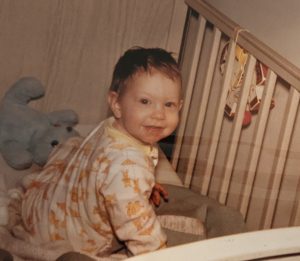 Growing up as an only child in Baltimore, Maryland, Stefan had an average childhood. “He didn’t notice anything that would make him believe that he had Mosaic Klinefelter syndrome” before his diagnosis of Mosaic Klinefelter Syndrome. Though, he always knew something was a little different. His parents too, felt there was something “not right” about their son’s behavior from about the age of two or three.
Growing up as an only child in Baltimore, Maryland, Stefan had an average childhood. “He didn’t notice anything that would make him believe that he had Mosaic Klinefelter syndrome” before his diagnosis of Mosaic Klinefelter Syndrome. Though, he always knew something was a little different. His parents too, felt there was something “not right” about their son’s behavior from about the age of two or three.
He had tantrums often, and seemed to behave slightly differently from other children in their social circle, though they “couldn’t put their finger on it” when it came to exactly what was wrong. Stefan says he understood from, “about five or six that he wasn’t as mature and didn’t like the same things as the other kids”. He describes himself as “more unique” than average.
School years: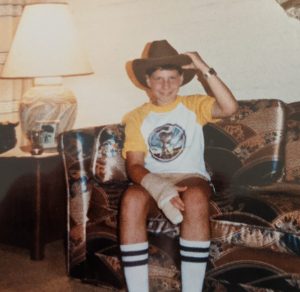
A loner as a boy, he was prone to angry outbursts. “I didn’t learn like everyone else,” he said. These differences caused him frustration that made him lash out from the time he was very young. Though he had a few friends, outside of school the things he did for fun were more solitary hobbies like skiing, bowling, and playing video games. Trying to get to the bottom of his problems, his parents took him for testing at Johns Hopkins Hospital. Unfortunately, due to the time period in which he grew up, none of the tests run were genetic, so they got no answers.
College years:
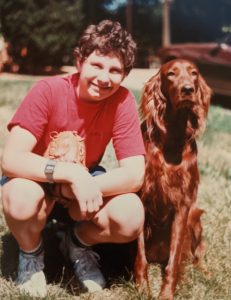 Though he had trouble, he managed to get by and graduated from high school with a C average. His goal was to attend college, get a degree in business, and sports management. He wanted to someday own and run a ski resort. He began attending community college, an experience that he says changed his life for the better. While he had been able to graduate from high school, Stefan felt many of his teachers advanced him to the next grade, and he wasn’t really learning what he needed; there was a disconnect of some kind.
Though he had trouble, he managed to get by and graduated from high school with a C average. His goal was to attend college, get a degree in business, and sports management. He wanted to someday own and run a ski resort. He began attending community college, an experience that he says changed his life for the better. While he had been able to graduate from high school, Stefan felt many of his teachers advanced him to the next grade, and he wasn’t really learning what he needed; there was a disconnect of some kind.
When he enrolled in community college it became obvious he was passed through and didn’t have what he was required for him to thrive. The school advised he be placed in remedial classes. He began his classes and found he was missing many of the basics. He set to work learning, in essence, how to learn. This is when Stefan says he “developed learning strategies to be able to live”. His methods worked.
After three years he graduated and enrolled in Colby Sawyer, a small liberal arts college in New London, New Hampshire. He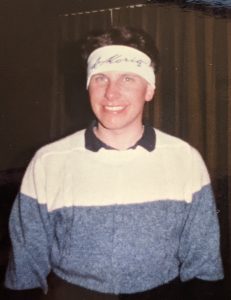 studied hard and made the honor roll, graduating with a 3.2 and a double major in Business Administration and Sports Management in 1995.
studied hard and made the honor roll, graduating with a 3.2 and a double major in Business Administration and Sports Management in 1995.
During school, he interned at a ski area. He found though he liked the work, it wasn’t the calling he thought it would be. Growing up in the eighties he was a techie before it was fashionable and spent many weekends puttering on his old clunky Apple computer. When he was offered a job in software testing with decent pay and good benefits, he decided it would be an interesting career path and accepted.
Diagnosis:
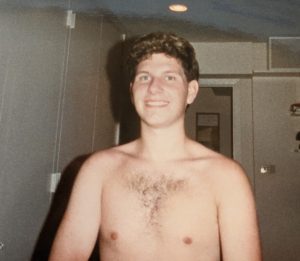 Shortly before his 26th birthday, Stefan was having chest pains, so he went to the emergency room. They found no real problem but urged him to follow up with his primary care physician. When he did, the doctor examined him and chalked up his chest pains to the snow shoveling he’d been doing during that cold winter.
Shortly before his 26th birthday, Stefan was having chest pains, so he went to the emergency room. They found no real problem but urged him to follow up with his primary care physician. When he did, the doctor examined him and chalked up his chest pains to the snow shoveling he’d been doing during that cold winter.
The doctor was concerned that Stefan’s testicles looked a little small. He sent him for a battery of tests, one of which was finally a genetics test. The diagnosis came back; Stefan had Mosaic Klinefelter Syndrome. The doctor broke the news in the worst way possible, telling him over the phone that he didn’t know anything about the condition except that Stefan would be infertile.
Stefan was shocked. He was engaged at the time, and they wanted to start a family. He was also angry. He’d seen this doctor before and there had been no mention of an issue with his testicles. Why had the doctor missed such a big indicator? When he broke the news to his fiancée, she was devastated. She loved Stefan, but ultimately knew she wanted a biological family. Though they tried, the relationship ended.
Life after diagnosis:
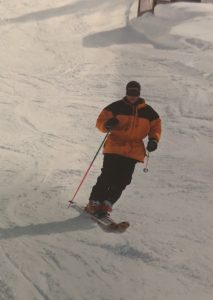 He moved on and went through some changes including relocating to the Boston area. After some reflection about his diagnosis and life up to that time, Stefan realized he’d always known something about him was different. With his diagnosis, the pieces finally clicked into place. He was also relieved it was nothing more serious. Mosaic Klinefelter syndrome was a fairly easily managed condition, unlike many other things with which he could have been diagnosed.
He moved on and went through some changes including relocating to the Boston area. After some reflection about his diagnosis and life up to that time, Stefan realized he’d always known something about him was different. With his diagnosis, the pieces finally clicked into place. He was also relieved it was nothing more serious. Mosaic Klinefelter syndrome was a fairly easily managed condition, unlike many other things with which he could have been diagnosed.
Though there was not much information about Mosaic Klinefelter Syndrome available during the 90s and resources were limited, he discovered a website and one man, Dave Wright, who was talking about it. Wright had a support group and Stefan attended one of the first meetings. He started to learn about his condition. In 1996 Stefan attended his first national conference in Seattle, where he was able to meet other men with Klinefelter syndrome, 47 XXY, and find a community. He learned about gynecomastia (he had it, but it was very slight), and found many men with Klinefelter syndrome shared his pear-shaped body type.
Living with XXY: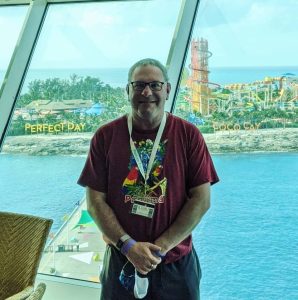
Inspired, he created a support group of his own to reach out to those who may be struggling with their diagnosis or condition. The first meeting had nearly fifty attendees. Excited that he was making a difference, he started a website. He had also begun taking testosterone by this time, first with a patch that he hated, and then with shots. The shots were difficult initially, but after twenty-five years of giving himself weekly injections, it’s now just another part of his routine.
The testosterone really started to make a difference. Stefan was thinking clearer, and had more energy than ever before. Where he’d been shy and introverted in school, he had a newfound confidence. He became more social, found love again, and got married. The couple bought a home in Virginia. The marriage lasted fifteen years before they parted ways.
Foodie with Mosaic Klinefelter syndrome:
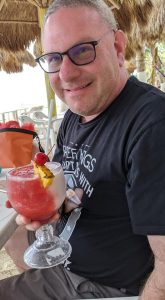
These days Stefan is truly happy. He is exploring the world with his best friend and loyal companion of the last five years, his Chihuahua-Pomeranian mix Berry, by his side. He moved into a condo after the divorce and found he loved the location, a mere mile from his job as a government contractor. When a unit came up for sale recently, he purchased it. Happily dating, he has joined a group of people who cruise solo, taking nine cruises in the last four years. He hopes one day to trade in the stock market, and be able to travel even more.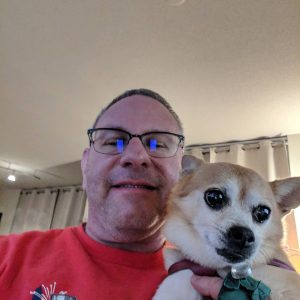
Stefan has also found purpose in being active in the Klinefelter syndrome community. As someone with the perspective of being diagnosed as an adult, he’s been able to help others understand what having 47, XXY means. One of the things Stefan stressed is the difference testosterone has made. “Testosterone therapy can help you immensely. Give it an honest try for a few years.” Though he hated the patch so much at first he was tempted to give it up, he now says, “ I’m living life. Since I started testosterone therapy, life is good. And I wouldn’t want to go back to the way life was before.” He also urges new parents, “not to worry” and stresses that this condition is manageable.
Please feel free to reach out to Stefan at [email protected] or through his website Klinefeltersyndrome.org any time to discuss his experiences and what you may expect after you or your child are diagnosed with Klinefelter syndrome.



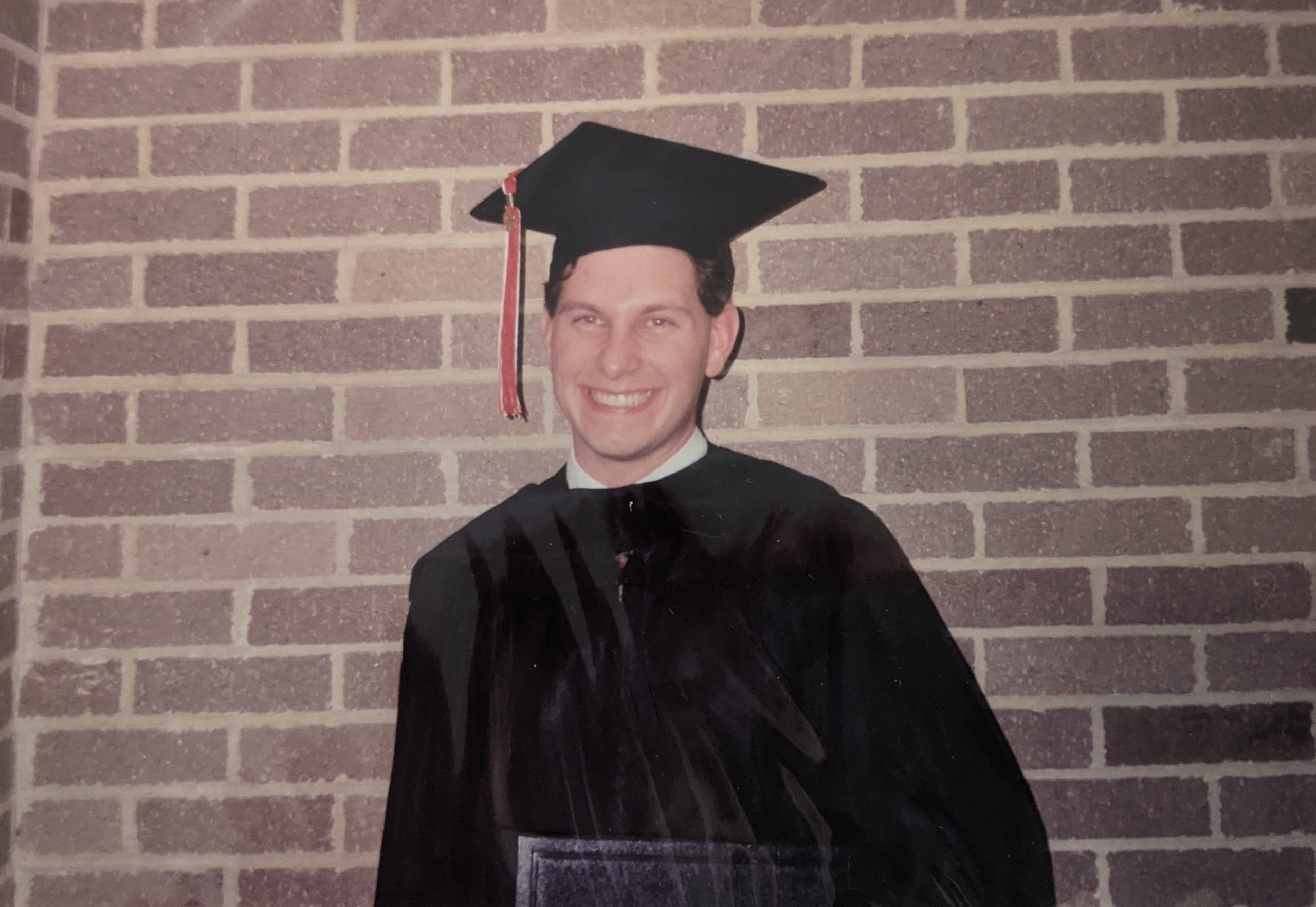
Ahh, Stephen’s story.
His story was the first I read after being dxed in 2003.
It was a game changer for me and provided much understanding. Although, i did also try the patch as well as the gel, I disliked them both.
A couple years ago, i even tried the shot, but it’s not for me. I have a decent amount of confidence as is and my speech these days is much better than when I was going through adolescence.
Stephens story and mine resonated a lot and for that I will always be grateful I found his when I did.